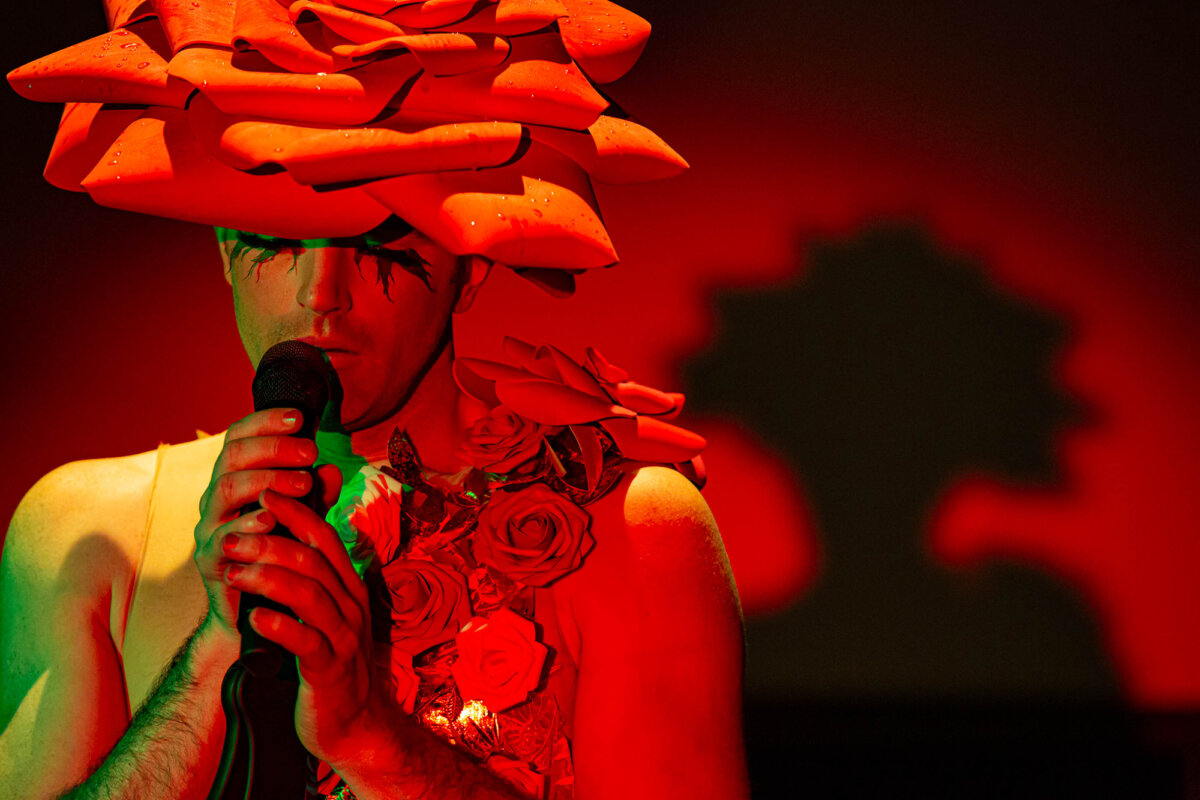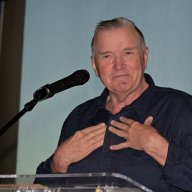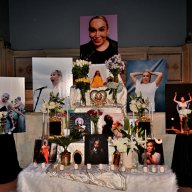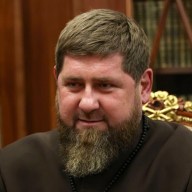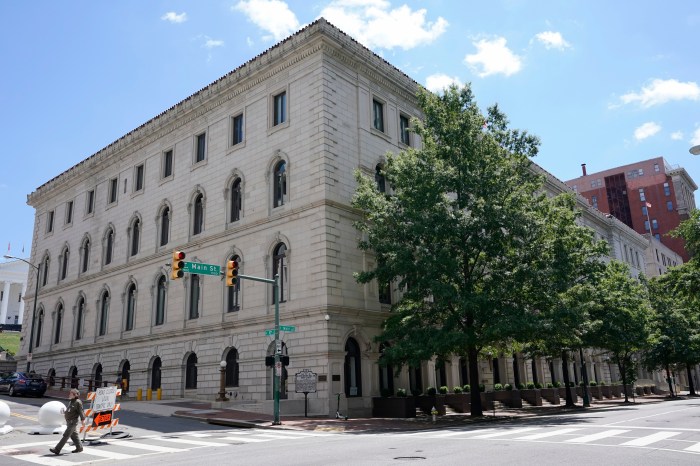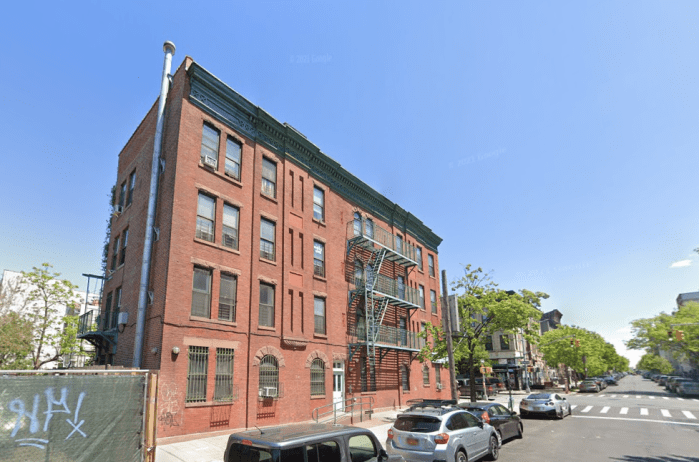Putting aside civil disobedience this year, St. Pat’s protesters offer highlights of Irish culture
Gusts of wind whipped between the Fifth Avenue skyscrapers of midtown Manhattan lifting up snow, and depositing it on the heads of those gathered for New York City’s annual St. Patrick’s Day parade. But despite the late winter bluster, as they have each year for more than a decade, gay and lesbian Irish Americans and their allies turned out Wednesday to protest their exclusion from the organized festivities.
Queer activism in recent months, both here in New York and nationwide, has focused almost exclusively on same-sex marriage rights, but about 30 protesters remembered to come out and protest the anti-gay policy of the annual parade hosted by the Ancient Order of Hibernians (AOH).
Protests against the parade were spearheaded in early years by ILGO, the Irish Lesbian and Gay Organization. In the past several years, however, the most vigorous display of dissent has come from Irish Queers, an ad hoc contingent of activists eager to shake up what had become a relatively complacent staged civil disobedience action. This year, the group assembled at 56th Street and Fifth Avenue, in front of FAO Schwarz.
But unlike last year’s event, during which protestors took to the street, erecting a metal pyramid to block the marchers, the protest this week focused on bringing entertainment to the masses. Among those present at the event was Malachy McCourt, the Brooklyn-born, but Limerick-raised author, playwright, and actor who is the younger brother of Frank McCourt, the best-selling author of “Angela’s Ashes.”
“These beautiful folks just want to march and be, as they say, gay,” said McCourt.
Last year’s civil disobedience action resulted in the arrest of four protestors, who said they were mistreated and injured by police. Gay City News asked protestors if the violence surrounding those arrests was a factor in the decision to focus this year’s event on providing Irish culture and entertainment.
“Our tactics change every year, but our mission is to confront the parade, whether by jumping in front of it or challenging the lack of culture in it,” said Emmaia Gelman, an organizer who was one of the four arrested last year.
“The protest is always non-violent, and the police are always violent at the St. Patrick’s Day parade,” Gelman continued. “As Irish queers, our relationship with the police is multiplied exponentially. They know our faces, they threaten us, and last year, they would have had no tears if they killed me. I think they don’t give a fuck.”
Almost as if on cue, a senior officer in uniform then approached the protestors, verbally abusing them and ordering members of the press to disperse. Another officer who identified himself as Sergeant Deeks hurried over to assure those present that they had the legal right to assemble and protest.
Year in and year out, gay and lesbian protesters arrested on St. Patrick’s Day, whether from ILGO or Irish Queers, have complained that have been prosecuted with greater zeal than other defendants facing similar charges.
John Francis Mulligan, also arrested in last year’s civil disobedience, said of this year’s protest, “We always talk about the parade not having any culture to it, so we thought we would bring that to the parade. It also points to one of the facets of homophobia—that ‘they’re not us’ mentality. But we are Irish and this is part of our culture.”
Self-described “token straight” Bernard O’Brien said he had been involved in the protests for the past four years and that he understood the struggle. O’Brien told Gay City News that after 16 years of Catholic school, from which he had many fond memories of Christ’s charity and tolerance, he felt it was “outrageous that they deny gay and lesbian Irish people the rights that they have even in Ireland.”
As he held aloft a sign that read, “The Real Passion of Christ Was Love for All,” O’Brien conceded that just as his own wife reminded him what a stubborn Irish man he could be, this type of obstinacy was what protesters are dealing with now.
“They need to give up this bullheaded, stubborn, boyish stand,” said O’Brien. “Because we’ll be here every year, either in the parade, or exposing their bigotry.”
Legal observer Joel Kupferman of the National Lawyer’s Guild said that parade organizers are considerably less concerned about other controversial messages in the annual event.
“The ironic point to this is that they allow the Confederate flag, which is in the North Carolina state flag, to be paraded down Fifth Avenue,” Kupferman said. “Go ask a black cop what they think of that.”
Protected from the falling snow by a warm woolen coat and cap, white-haired Martin Sopocy of the now defunct Polish Amercian gay civil rights group Razem held a placard supporting the Irish Queers.
“I hope to be here as long as I’m able to walk. This is a struggle that must go on,” he said. When asked by Gay City News how long he thought it would be before the AOH invited Irish gays and lesbians to walk under their own banner in the parade, Sopocy offered a weak smile, and said, “I don’t know. But as I get older, I get less optimistic.”
When it was McCourt’s turn to address the assembled protesters, he picked up a bullhorn, greeted the crowd, and read the first two pages of James Joyce’s “Portrait of the Artist as a Young Man.” As he reached the passage where the protagonist says, “apologize,” McCourt shouted, “Yes, apologize. That’s what this damn parade should do!”
“This reading of Irish queer authors is a protest against the bigotry in the parade,” Gelman told the cheering crowd. “It is not against the Irish community, it is against the AOH.”
Despite a longstanding boycott organized against the parade, Mayor Michael R. Bloomberg once again participated in the line of march this year. Many prominent Democrats, including potential 2005 mayoral contenders Gifford Miller, the City Council speaker, William Thompson, the city Comptroller, and Fernando Ferrer, the former Bronx borough president, honored the boycott.
City Councilmember Christine Quinn, the out lesbian Chelsea Democrat, briefly joined the Irish Queer contingent to show her support for continued resistance to the AOH’s exclusionary policy.
We also publish:












